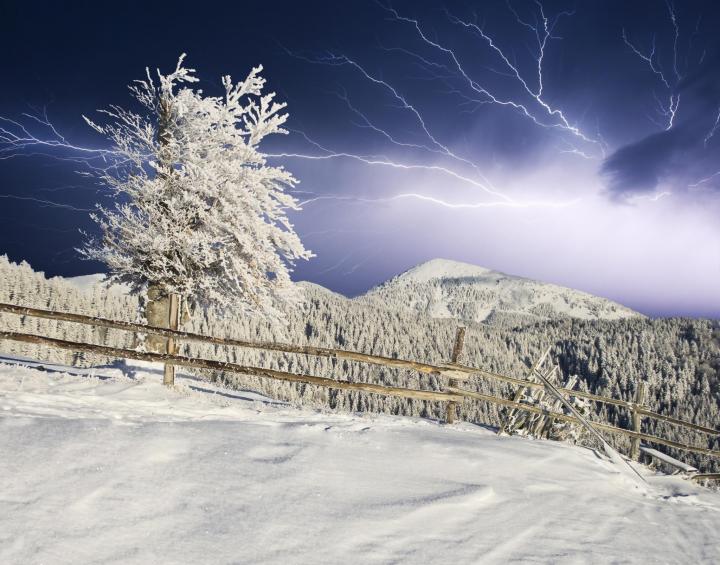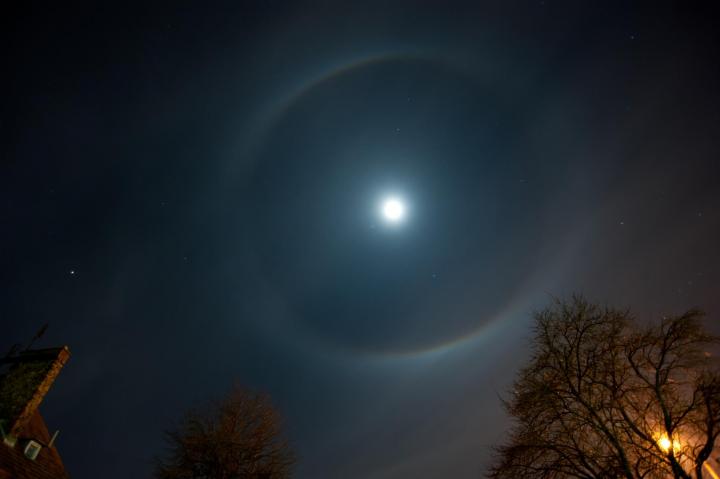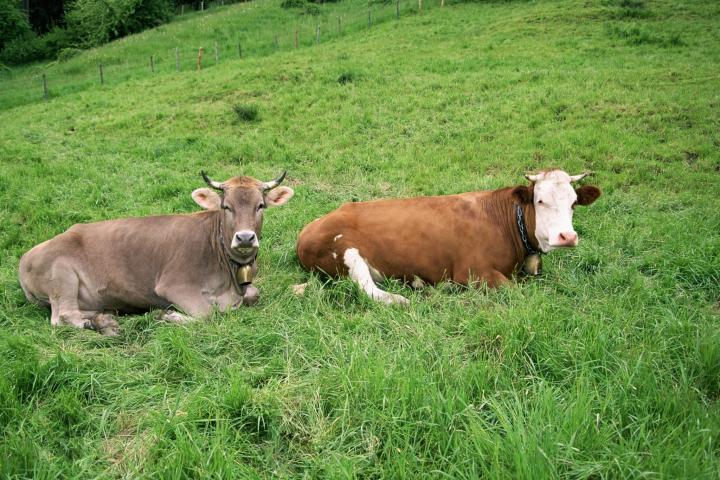
ADVERTISEMENT
One photo you posted shows the wispy clouds we call mare's tails. I have found the old adage to be true; when you see these, you will have rain within 3 days.
My mother was born in South Dakota and she told me that when a tornado is coming the sky will turn green and the wind will sound like a freight train. About 25 years ago we had a tornado touch down here in southern West Virginia. Mom was 100% right! When I saw the weirdly green sky, and heard the wind, I took cover, immediately. Fortunately, our home was spared but some of my neighbors weren't so lucky. When it was over, you could see it's path by the way the trees were broken off like toothpicks.
I was ever so happy to read the bit about the sky going green before a tornado!!! I have seen that phenom two or three times but weather folks have continued to say it isn't true, can't happen, no reason for it, on and on. I have seen it and the first time I was only a teenager and didn't know what it meant. Had certainly never heard it so was not influenced from previous information. I lived in North Carolina and tornadoes were very rare so I had no background info. The sky was this eerie greenish color and there was a tornado about 5 miles from me. Thank you Canadian weather person!!!













